Restoring Ecosystems and Empowering Communities in Zimbabwe through Partnerships
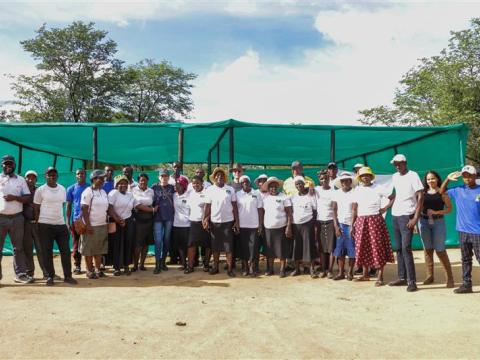
By Isheunesu Gwasha (Programs Communications Officer)
Deforestation is one of the most urgent global environmental challenges, significantly affecting biodiversity, ecosystems, and climate stability. According to a report by the World Bank, 15 million trees are cut down each year.
To combat the effects of deforestation, soil erosion, and climate shocks, World Vision Zimbabwe, with funding from World Vision USA and Rotary International, is implementing the Partners for Environment Project on Ecosystem Services, which aims to promote environmental restoration.
In collaboration with the Ministry of Land, Agriculture, Fisheries, Water, and Rural Development and the Department of Agricultural Technical and Extension Services (AGRITEX), World Vision Zimbabwe has been raising awareness and building the capacity of villagers in Chimanimani and Nyanyadzi on how to preserve the environment.
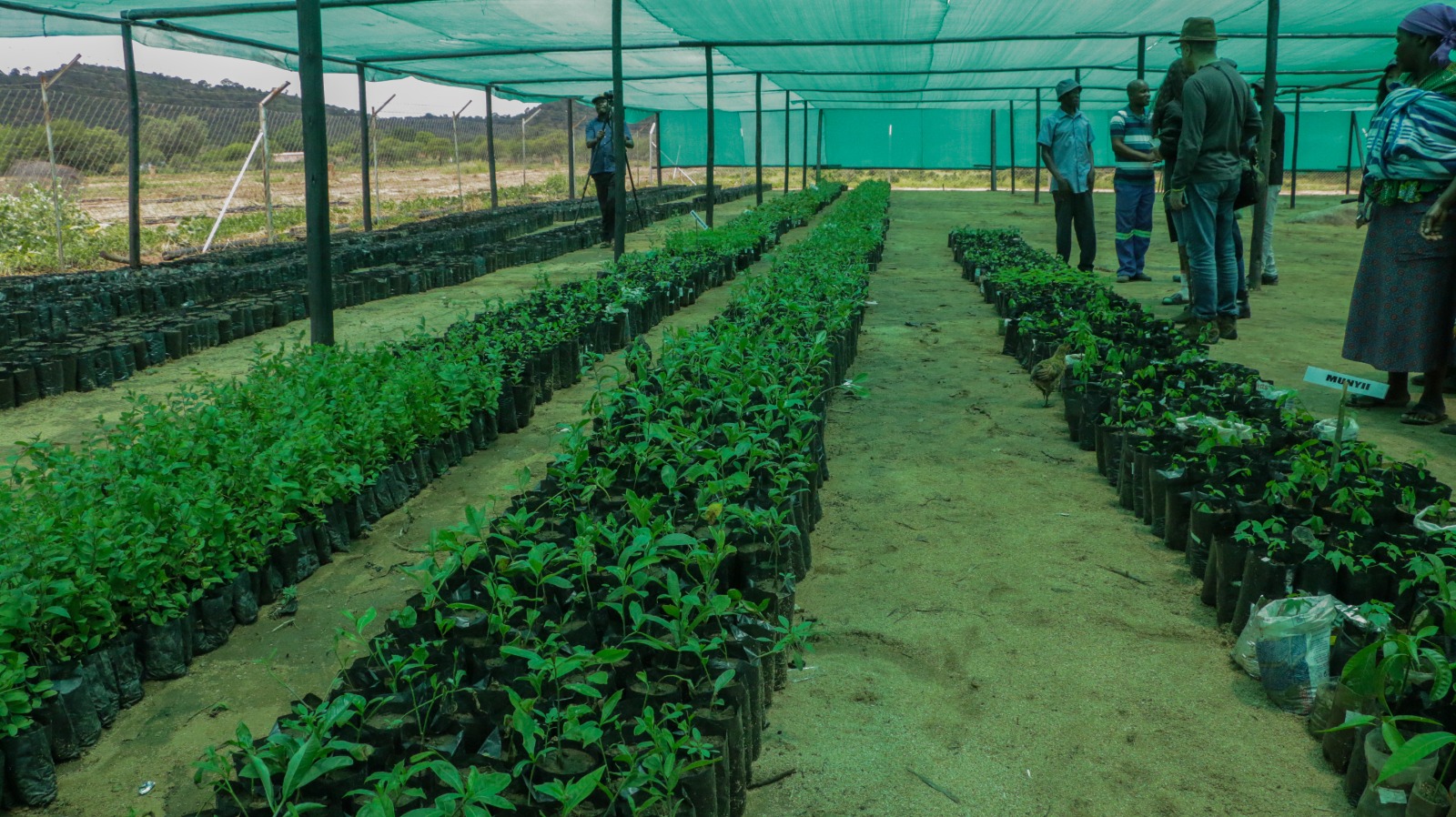
Mwadai Sithole, a leader at Chipiro Nursery which is managed by Kusimudzira Masango Group, a greening club in Nyanyadzi, explained the methods they learned from their project to ensure that the trees in their area thrive.
“We were taught how to prune the trees around us. Pruning improves the overall health of the tree by removing dead, diseased, and damaged branches, which helps prevent the spread of disease and decay,” she said.
The project has led to the establishment of Mumera Nursery in Ward 20, Gudyanga village. The nursery is home to 7,538 trees, including species such as Baobab, Mopane, Marula, Mango, and Flamboyant, among others.
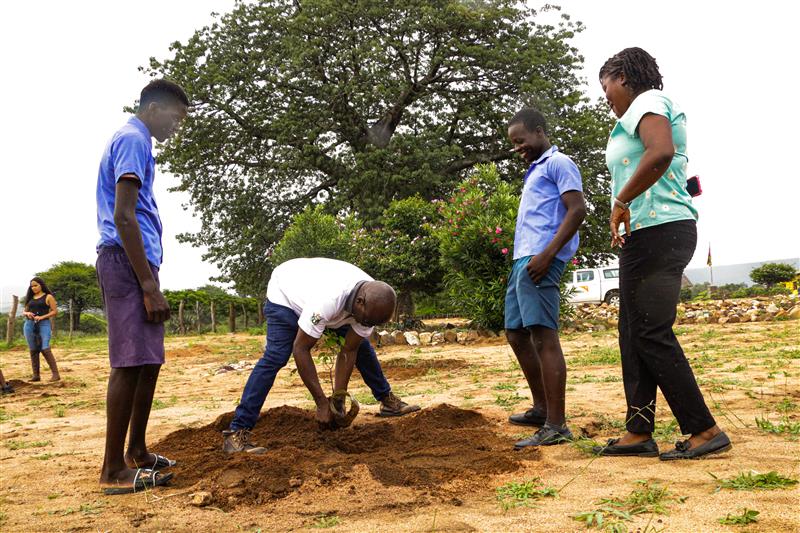
According to Mr. Haatamwi from the Ministry of Lands, Agriculture, Fisheries, Water, and Rural Development, the trees in this nursery cover over 874.8 square meters.
“These trees will be planted in schools, clinics, households, and a nearby forest. Trees are essential to our environment because they complete the rainfall hydrological cycle,” he added.
Mrs. Marimbire, a participant in the project, outlined their new method of gathering firewood, which replaces their traditional approach of cutting down entire trees. “Instead of felling trees, we now pruned branches as firewood. It’s like we’re borrowing the branches from the trees rather than completely cutting them down. Additionally, we have returned to using Tsotso stoves, which allows us to cook without needing large logs or big branches.”
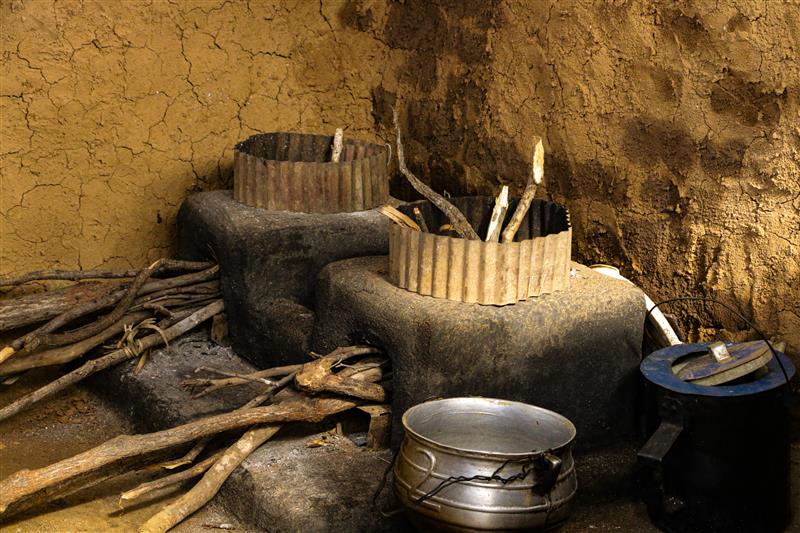
During a donor visit to the project site, Guity, a Rotarian from District 5280 in Los Angeles, USA, expressed her delight in witnessing the positive impact of a project she had envisioned helping five years ago.
“It’s wonderful to see how the project I helped plan is now contributing to environmental protection and the well-being of our planet. One of the best aspects of this project is that it benefits both people and the environment,” she stated.
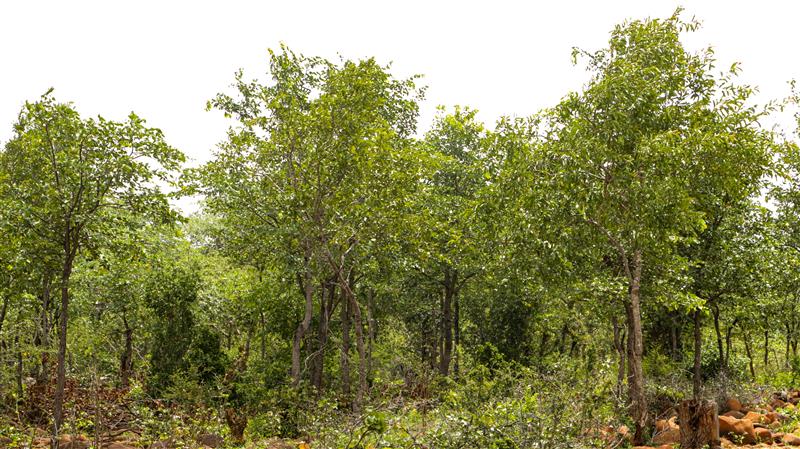
This initiative exemplifies the mutual dependence between people and the environment for survival. At World Vision, we are committed to preserving and caring for our environment, ensuring that especially vulnerable children reap the benefits of a healthy ecosystem.